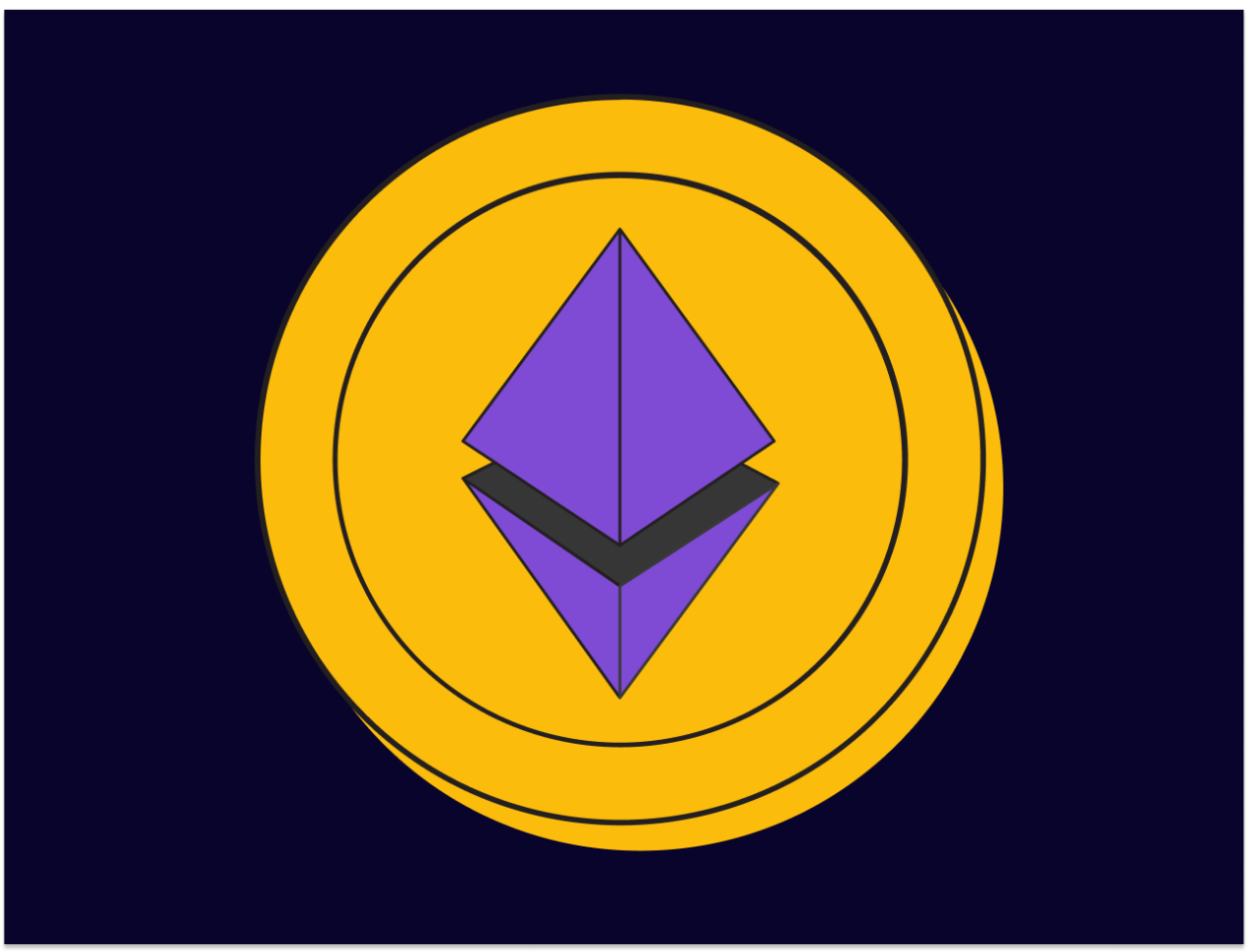Who invented Ethereum

The world loves a good superhero origin story, so “Ethereum” and “Vitalik Buterin” go hand-in-hand when talking about how this cryptocurrency came about.
But who is Vitalik Buterin?
Born in 1994 in Kolomna, Russia, his parents emigrated to Canada when he was 6 to seek better employment opportunities. Standing out at school as an odd mathematical genius before being placed in a private high school for four years where he developed a passion for knowledge.
Coming across Bitcoin in 2010, he was intrigued but sceptical. However, the more he learnt, the more his interest deepened, though he had neither the money and/or equipment to buy/mine bitcoin. However, eventually, he landed a job writing about Bitcoin for a blog that paid 5 bitcoin an article. This led him to Romanian entrepreneur Mihai Alisie with whom he co-founded Bitcoin Magazine. He travelled the world looking at, and writing about, new cryptocurrency projects.
The Birth of Ethereum
Vitalik found most of the crypto projects out there limited in scope and highly specialised. He realised that it might be possible to create a blockchain that could run any crypto project by offering a full programming language that could do anything (“Turing-complete”).
None of the projects he spoke to were interested, so he decided to do it himself, creating a white paper in late 2013 and passing it around to his friends who shared it further and evolved the idea beyond digital currency into a full-blown virtual global computer.
The project was announced to the world in January 2014, with a core team of Vitalik Buterin, Mihai Alise, Anthony Di Iorio, Charles Hoskinson, Joe Lubin and Gavin Wood, and an ICO (“initial coin offering”) was run selling off the first Ether coins in exchange for Bitcoin.
Raising the equivalent of $18m, they got to work creating the Ethereum Foundation, and Ethereum itself.
The Struggles of Ethereum
All major projects need one major drama: with Bitcoin, most of its struggles were centred around the Mt. Gox exchange. Ethereum’s struggle came from a hacker. Ethereum’s blockchain allows users to set up DAOs: “Decentralised Autonomous Organisations”, one such DAO that had $150m in funds and over 11,000 users had vulnerabilities in its codebase that a hacker used to steal the funds (he even threatened to sue anyone who tried to get it back).
A huge argument raged around whether to implement, as Vitalik wanted, a piece of code to blacklist the attacker and make sure he couldn’t transfer his tokens. Some objected strongly because this wasn’t the vision of crypto they’d signed up for, so Ethereum split into two: Ethereum Classic (ETC) which contained the original blockchain, and Ethereum (ETH) which had the modifications.
In the end, ETH became more popular with both community and corporate backing. Today’s ETH price: over $1000. Today’s Ethereum Classic price? $15.98.
Ethereum 2.0
Nowadays the drama in Ethereum is all about the upgrades to ETH 2.0 (a phrase that Ethereum itself now no longer uses). Ethereum has become too successful for its own good, because it can no longer properly keep up with the number of transactions generated by the dApps (decentralised apps) running on it, resulting in huge transaction fees.
The main upgrades to fix this are “sharding” (spreading processing load), and moving Ethereum from “proof-of-work” to generate new coins and validate transactions (slow, energy-heavy), to “proof-of-stake”, which replaces “miners” doing calculation work with validators who put up their ETH to get a chance to earn more by keeping the blockchain running.
It’s not a guarantee that these upgrades will progress smoothly, and they’re already some years late. However, the Ethereum foundation is very clear that they are taking a “safety-first” approach.
If the upgrade works, Ethereum has a bright future, despite competitors like Solana trying to eat its lunch!